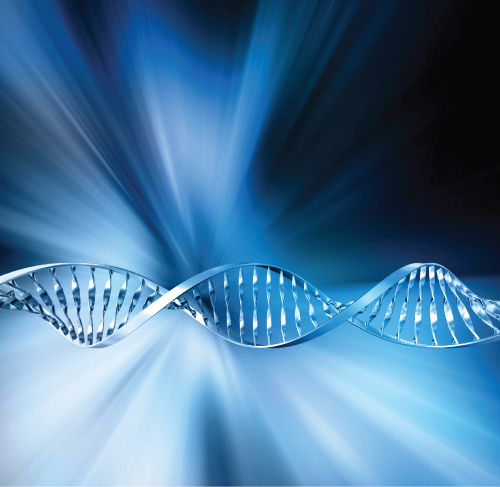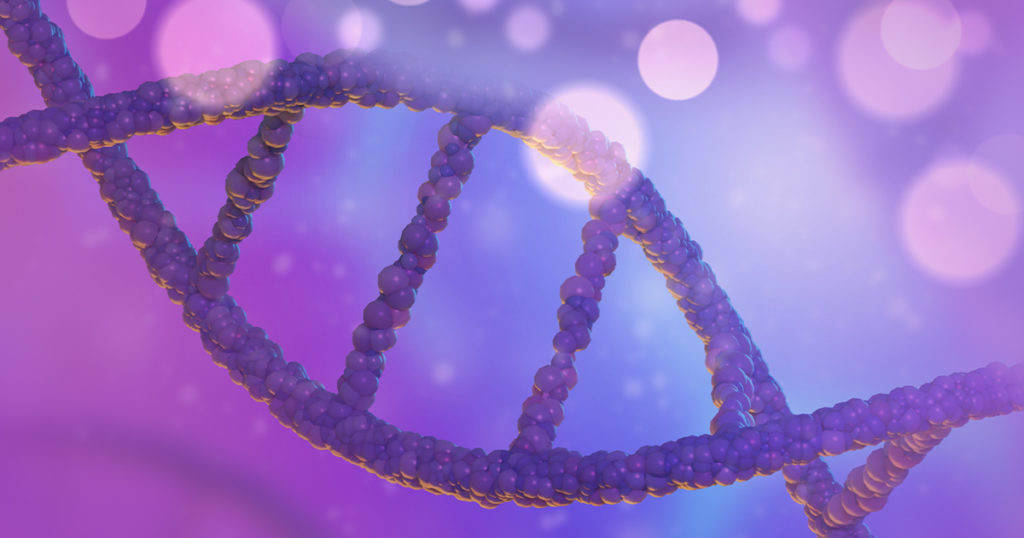Each year, the International Symposium for Human Identification (ISHI) covers a variety of the latest topics in DNA forensics through sessions, workshops and poster presentations. While last year’s meeting largely focused on using investigative genetic genealogy (IGG) and developments in DNA databases, another topic that garnered widespread interest was current efforts being taken to mobilize DNA analysis labs.
One of the speakers, Sylvain Hubac, PhD, Head of the DNA Division of the Forensic Science Laboratory of the French Gendarmerie, helped create a mobile DNA lab solution back in 2015. This innovative mobile lab, designed and patented by the French Armed Forces for the French Gendarmerie (IRCGN), has been used to facilitate DNA identification in a number of emergency settings since it’s inception. From identifying the remains of the Germanwings Flight 9525 plane crash victims in 2015 and the victims of the 2016 Bastille Day terrorist attack in Nice, to adapting the lab to aid in sample processing during the COVID-19 pandemic, the mobile lab has played an especially instrumental role in Disaster Victim Identification (DVI) scenarios.
However, the mobile lab was more recently employed in a new DVI context: identifying victims of the conflict in Ukraine. On the last day of ISHI 33, Dr. Hubac presented on the unique challenges posed when identifying victims of war, and the tools, protocols and system that made the mobile lab uniquely suited for this purpose.
Bodies Found in Bucha
On February 24th, 2022, Russian Federation president Vladimir Putin announced the beginning of a full-scale invasion of Ukraine, targeting Ukrainian military assets and cities throughout the country. By the end of February, Russian forces had seized the city of Bucha in the suburbs of the Ukrainian capital Kyiv, which they occupied until they were finally pushed back by Ukrainian forces at the end of March 2022.
In the wake of the devastation left behind by the retreating Russian forces, hundreds of corpses were found scattered in the streets as well as in several improvised mass graves. But instead of military casualties, the majority of the bodies appeared to be civilians. This discovery sparked global outcry, as leaders around the world accused Russia of war crimes and condemned the targeted killings of unarmed civilians.
In response to Ukrainian president Volodymyr Zelensky’s request for assistance, the president of France, Emmanuel Macron, deployed experts from the Forensic Science Laboratory of the French Gendarmerie (IRCGN) to Ukraine to aid in identifying the victims and determine the causes of death.
Mobilizing DNA Analysis
In the absence of available flights into Ukraine, the IRCGN taskforce and 12 large trucks containing supplies for their mobile laboratory, made their way to Kyiv by road from Paris over the course of two days. Upon their arrival, the task force—comprised of 16 forensic experts in DNA, legal medicine, fingerprints, odontology and ballistics—got to work examining the bodies, analyzing the DNA directly in the field.

The specialized mobile lab enabled the collection, extraction, quantification and analysis of DNA from all types of human samples (including bones) at the same performance level as a traditional laboratory setting. The team followed Interpol DVI guidelines for victim identification, in which the identification is certified from primary means like DNA match, dental, fingerprint or medical implant match, and supported by secondary means like tattoos, ID documents and personal descriptions. In this case, depending the level of degradation, DNA was the most important primary means employed in the identification of the bodies.
Over the course of April to May 2022, the ISO/CEI 17025-certified mobile DNA lab was used to perform over 200 DNA analysis of corpses in varying stages of decay and from victims’ families, ultimately providing real time victim identification with DNA typing.
Adapting to Challenges
In interviews preceding his presentation at ISHI, Dr. Hubac was asked about some of the unique challenges the team faced in identifying war victims. He shared that the most difficult challenge in identifying war victims is the context of the conflict itself. As the war is still on-going, it’s an open disaster, which directly plays a role in a number of complications. First of all, conflict leads to displacement—there is no definitive missing person list to work from and at the time, Ukraine had no national DNA database. The need for reference samples was a big challenge, since most close relatives of missing people were also either missing or forced to flee the country for their own safety.
The type of victim (e.g., civil or military) combined with the diplomatic aspects surrounding their death (e.g., natural causes, war crimes, Ukrainian soldier, Russian soldier), added an additional layer of complexity. And of course, there is the most obvious challenge of considering and ensuring the safety of the personnel performing this work. Over the course of their mission, the team had to adapt the way they work and their protocols to work around safety threats like missile alerts. Depending on the day, there were multiple missile alerts that interrupted the team’s work, requiring them to stop what they were doing and move to a safer location. Though the mobile lab has the throughput capacity to process around 200 samples per day, consistent interruptions like this made it difficult to get through many samples quickly.
In terms of technical challenges, Dr. Hubac shared that one of the most difficult to contend with is time. In order to define the cause of death and rapidly identify victims, you need to be able to access the bodies as quickly as possible. In a warzone, however, you have to wait for the fighting to end to access the site, which can take anywhere from several days to months, and as time passes, bodies degrade and with them, the precious forensic evidence.
The Road Ahead
Despite the many challenges the IRCGN task force faced, the mobile lab was uniquely suited to this type of work for a number of reasons. In a setting where the infrastructure of a standard lab was not functional or accessible, the mobile lab allowed them to perform all the forensic investigations directly on site or very near the mass graves, which was beneficial for the traceability of each victim. The physical proximity of the mobile lab limited the logistical need to transport each body to other locations (e.g., a standard lab or mortuary), and reduced the overall time needed to identify the victims.
After processing the samples, the data and results were handed off to the Ukrainian authorities. In order to support the continued efforts to identify victims following the IRCGN taskforce’s departure, the team delivered a mobile lab unit for Ukrainian authorities modeled after the French mobile lab and trained 11 Ukrainians on their DNA analysis workflow. The mobile unit was later implemented to identify remains from mass graves found in Izyum, Ukraine.
As the conflict is on-going, Dr. Hubac speculates that this mission will not be the team’s last in assisting with victim identification in Ukraine. When asked how he deals with being in the field bearing witness to a horrifying reality while balancing the fact that he has a job to do, his answer perfectly summarized not only the importance of this work but who this work is really for: “So, we are often faced with disaster or faced with death or faced with bad things in life. So, it is of course we are in a war context, but victims from a crash aren’t really different from victims of war and that’s why when you are on a mission, you think about the mission, and you think about the benefits of your action also. We work not for the victim, because the victim is dead, but we work for the families of the victims and it’s very important and is a high motivation.”

